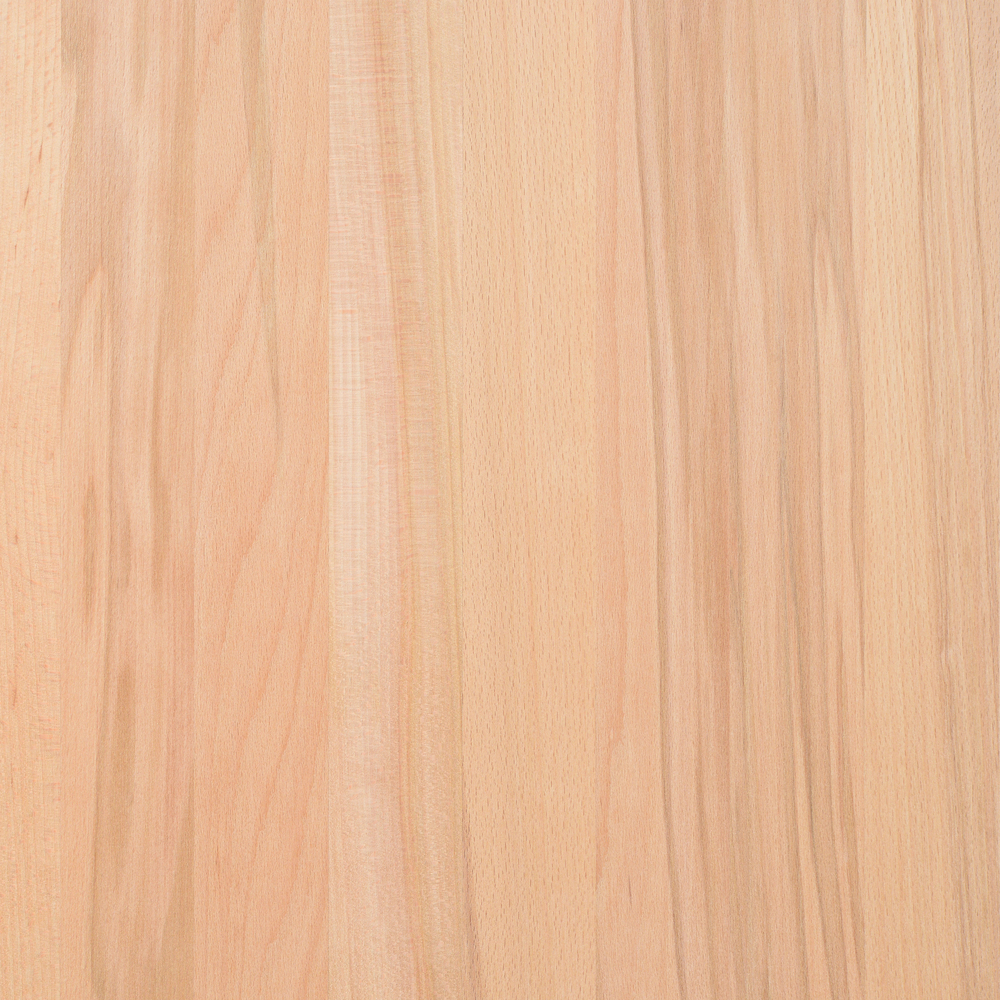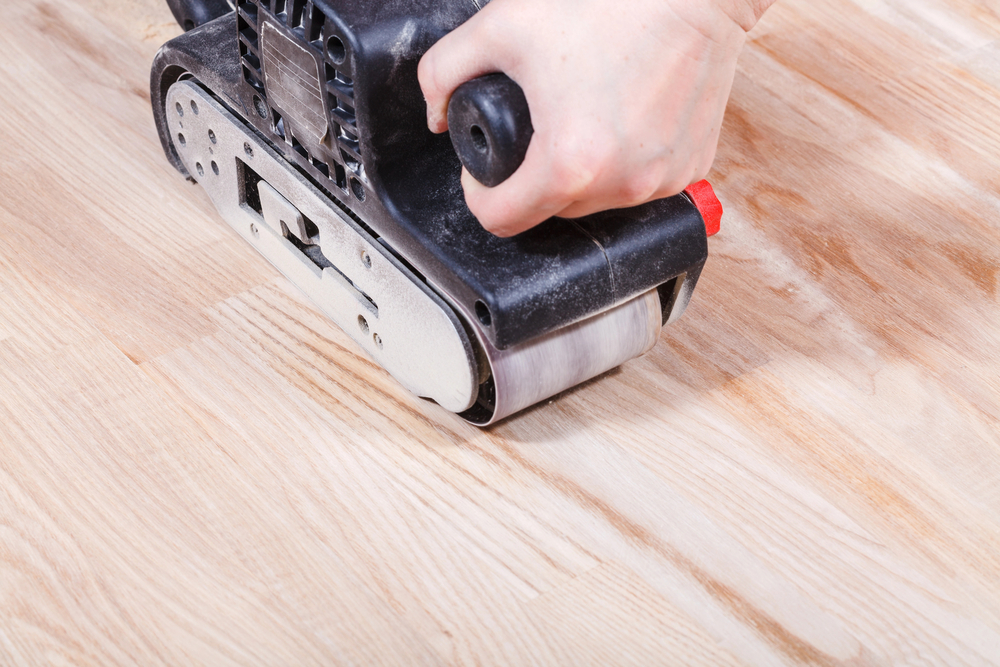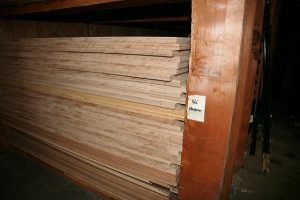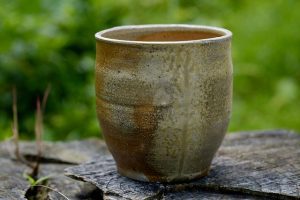What is Sande Plywood?
“Sande plywood” refers to a type of plywood made using a specific species of wood called “sande” ply (also known as “brosimum utile”). It is typically known for its durability and strength, making it suitable for various construction and woodworking applications. It is a type of marine-grade plywood made from the Brosimum utile wood species, also known as mulberry wood.
- It is imported from Ecuador, Colombia, and Costa Rica.
- Sande plywood has a consistent color tone, ranging from yellowish to light brown, and a fine grain that can be easily stained or finished.
- It is ideal for outdoor applications and can withstand moisture indefinitely.
Key features and characteristics of sande plywood:

- Wood Species: The plywood is sande wood native to Central and South America. Sande wood is known for its straight grain and uniform texture.
- Appearance: It typically has a light to medium brown color and a smooth surface. However, its appearance can vary slightly depending on the specific batch and the manufacturing process.
- Strength: Sande plywood is valued for its strength and durability. It is often used in construction for projects requiring a strong and stable material.
- Versatility: Due to its strength and reasonable cost, it is used in various applications, including furniture making, cabinetry, shelving, and general construction.
- Availability: Commonly found in home improvement stores and lumberyards. It is available in various thicknesses and grades depending on the intended use.
- Usage: It can be used indoors and outdoors, though, like most plywood, it is best protected from prolonged exposure to moisture.
Characteristics and Advantages
Physical Properties and Appearance
- Sande plywood has a fine grain and a range of colors from white-yellow to light brown.
- It is durable and resistant to water and decay, making it a popular choice for many projects.
- The core of sande plywood has very few voids, making it durable and resistant to water and decay.
- It is similar in appearance to birch plywood but more durable and resistant to water and decay.
Comparison to Other Types of Plywood
- Sande plywood is more durable and resistant to water and decay than birch plywood.
- It is a better choice for projects that require water resistance and durability, such as boat building and construction.
- It is a cost-effective alternative to other species, such as red oak.
- It has a similar appearance to Baltic birch but is more affordable and accessible.
Uses and Applications

Sourcing and Availability
- Sande plywood is available at local lumber yards and home improvement stores like Home Depot and Lowes.
- It can be sourced in various thicknesses and sizes, including full sheets and custom cuts.
- Sande plywood is famous for many projects, from furniture to cabinets to subfloors.
Sande Plywood vs. Birch
Birch is another standard plywood that people love to use, but note that its application and purposes differ quite from sande plywood. For example, birch plywood has a fine grain that makes it ideal for projects where appearance matters. It is typically used for cabinetry, shelving, and furniture building. Furthermore, it could be an excellent plywood product to purchase and use if you’re building a chest or a dollhouse!
The problem with birch plywood is that it is not as resistant to the elements as the marine types of plywood. Have you ever left a piece of painted plywood out in the rain? When excess water comes into contact with painted plywood for a prolonged period. The glue bonds that hold the wood layers at gin to weaken to the point of failure. Sande plywood is the opposite: It is specifically designed to withstand exposure to water.
What is Sande Plywood Good For?
Sande plywood is typically used in marine applications, such as boat building. It is also constructed out of high-grade wood and is known for having many advantages over standard plywood.
The primary difference between this marine plywood and standard varieties found at most hardware and home improvement stores is that marine-grade plywood is designed to specifically hold up to water, whereas others sold there are not. Besides utilizing a binder or glue intended for water submersion, marine-type plywood is typically made with twice as many layers as its nonmarine counterparts.
Marine plywood is used for boating applications and everyday indoor purposes, such as building bathrooms and kitchens. If you consider renovating a bathroom, kitchen, or other room where paint, water, or moisture will likely come into contact with the walls, sande plywood might be the ideal choice.

3/4” plywood sheets
When to Use Sande Plywood
If you are working on a project that requires using plywood that can withstand the elements, you’ll want to use marine-grade plywood. You’ll want to try building a boat, revamping your kitchen, or remodeling your bathroom.
Preparing for the Project
The outer layers of the panel and pieces cut out are typically made from rigid, durable material. This helps it withstand strong impact damage. Moreover, it is generally used in projects where frequent exposure to wear and tear is expected. Projects utilizing this plywood have been known to last upwards of a decade. That means that you won’t have to worry about replacing the same pieces of wood any time soon, which makes it beneficial.
Beautiful Finish
When you think of plywood, you likely think of something useful rather than an aesthetically pleasing product. Many applications call for covering the plywood with other materials, such as flooring or siding. The plywood varieties with a great-looking finish are typically used for cabinetry or furniture—the finish isn’t made to withstand impact while keeping its handsome appearance. That is not the case with this kind of plywood.
This beautiful, smooth finish lasts even when exposed to harsh conditions. Sande plywood looks nice, but it’s even better when painted or stained to match the project’s needs or to fit your aesthetic. Remember that you’ll also want to use a finish or stain compatible with the finished project’s conditions.



